Screensavers: Anonymous Club Archive 2017-2018
|Caelan McMichael
Originally published in 032c Issue #41, as part of our favorite books of the season (Berlin Review), Caelan McMichael reviewed Screensavers: Anonymous Club Archive 2017–2021 — a publication on the short but significant legacy of Anonymous Club.
Shayne Oliver is best known as the founder of Hood by Air (HBA), but Screensavers: Anonymous Club Archive 2017–2021 begins with “Hiatus,” documenting the designer’s time away from the label. Covering their Spring/Summer 2018 collection for Helmut Lang, their Diesel Red Tag Project, and their collaboration with Longchamp and Colmar A.G.E (Advanced Garment Exploration), the chapter reveals a career developed both in relationship to and diverging from the fashion system. Yet these projects merely preface the designer’s collectively driven powerhouse: Anonymous Club. Founded in 2017, the studio and platform for emerging designers, artists, musicians, and creatives has contributed to the content and narrative behind HBA — supporting the discreet remolding of Oliver’s brand while helping artists “occupy their world,” according to its manifesto. Our guides to these subsequent segments of Screensavers are humorous, mythical caricatures — picture a human body with a greyhound face, press-on nails, and long blonde wig — that synthesize and mock aesthetic trends and norms with the goal of “bringing personas to life.”
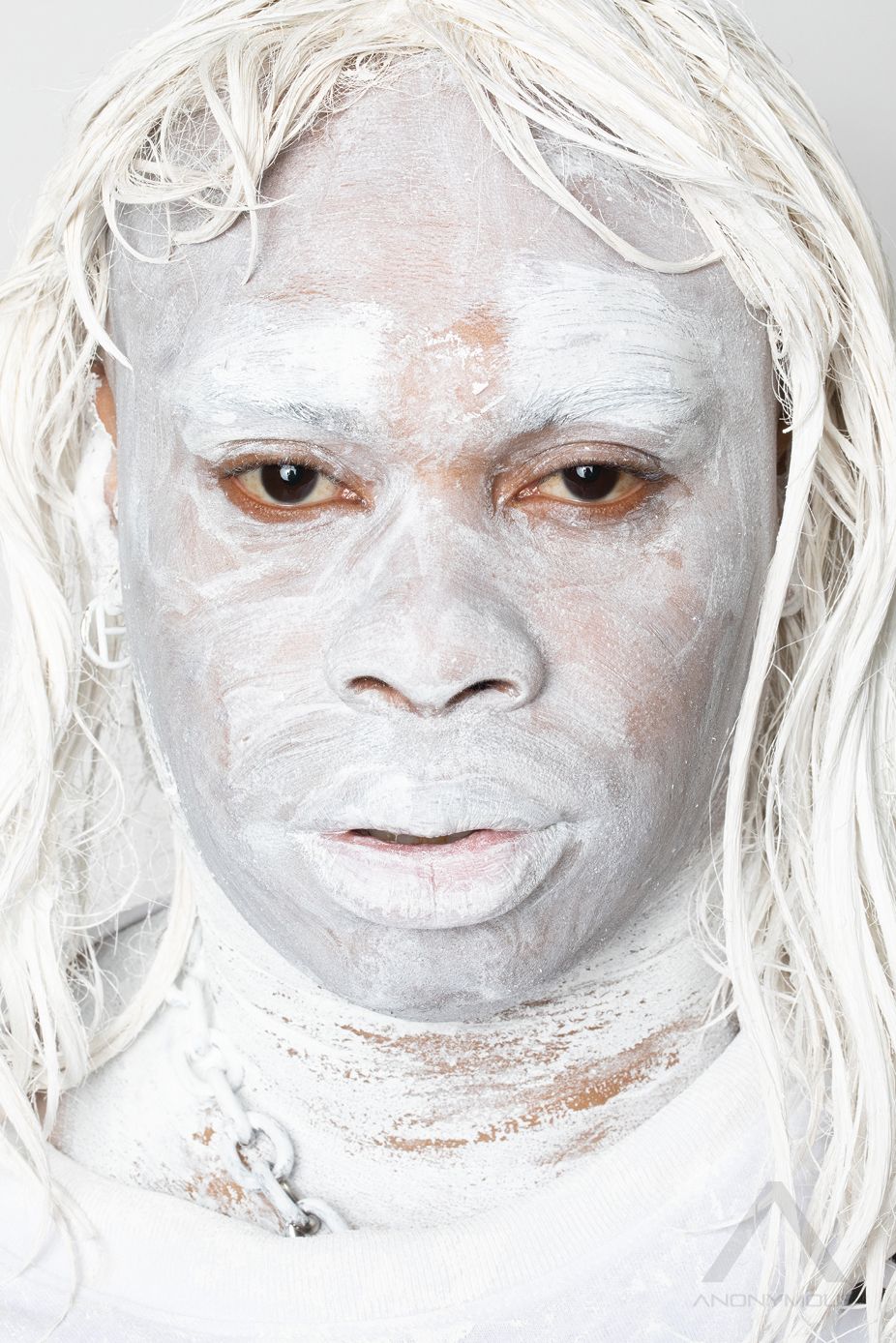
Anonymous Club’s multimedia approach to achieving this goal is evidenced by the party flyers and raw event snapshots that dance across this monograph’s pages like the partygoers they portray. Their multidisciplinary remit is further chronicled in “The Glass Ceiling,” where performance, sculptural installations, and body art collide in a call to destroy all fashion institutional limitations. Anonymous Club residents break through the proverbial glass ceiling by actively becoming their own source of inspiration, by reclaiming their identities as the central references for their work. This collective process of self-actualization is enhanced by the potent concept of anonymity. Self-portraits of club members avoid clear markers of identification, having been edited with mutations and cyborg-like features distinct to each individual. For Anonymous Club, personality is “an inexhaustible reference and resource” foundational to creative growth — but it is also malleable, exchangeable, communal. In this philosophy of agility, adaptation and contrast to one’s environment stimulate community.
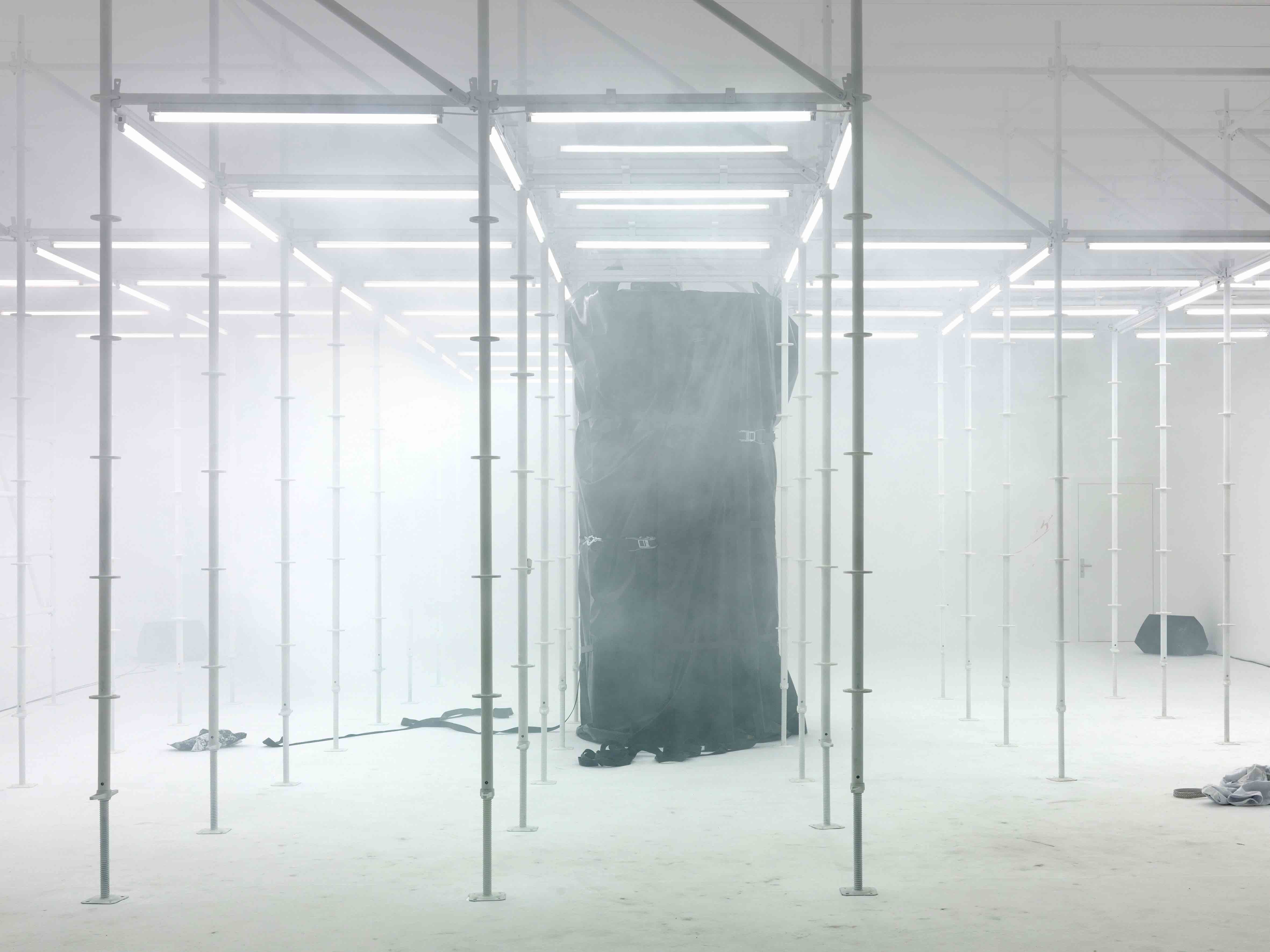
Measures of “high” and “low” are fully reordered by the time we reach the book’s “Prologue”: a counterintuitively named concluding section that encapsulates Anonymous Club’s aptitude for fusion and contradiction, and sends up the restrictions typical of fashion. Having begun with Oliver’s glossier interventions on the industry’s traditional runways, Screensavers ends with disfiguration. Wearing futuristic attire, Anonymous Club’s characters and heroes find themselves in their network, creatively alive. Their journey of rebellion, grounded in emotion and community, has revealed the potency and achievement of a shape-shifting practice.
The book’s binder-like design is suggestive of a work-in-progress, an ephemeral compendium of research conducted outside the formalities of the catalog. And the object’s raw, tactile dimension resists its own format as best as anything in print can. Providing only minimal text, Screensavers gives the reader agency in piecing together the Anonymous Club origin story and connecting its various mediums – which include sound, represented here in the form of a playlist. Even working archivally, Anonymous Club — true to form — invites a collaboration with their readers both as individuals and as hive. It is an invitation you should accept.
Screensavers: Anonymous Club Archive 2017–2021 is published by Buchhandlung Walther König (2022).
Credits
- Text: Caelan McMichael
Related Content
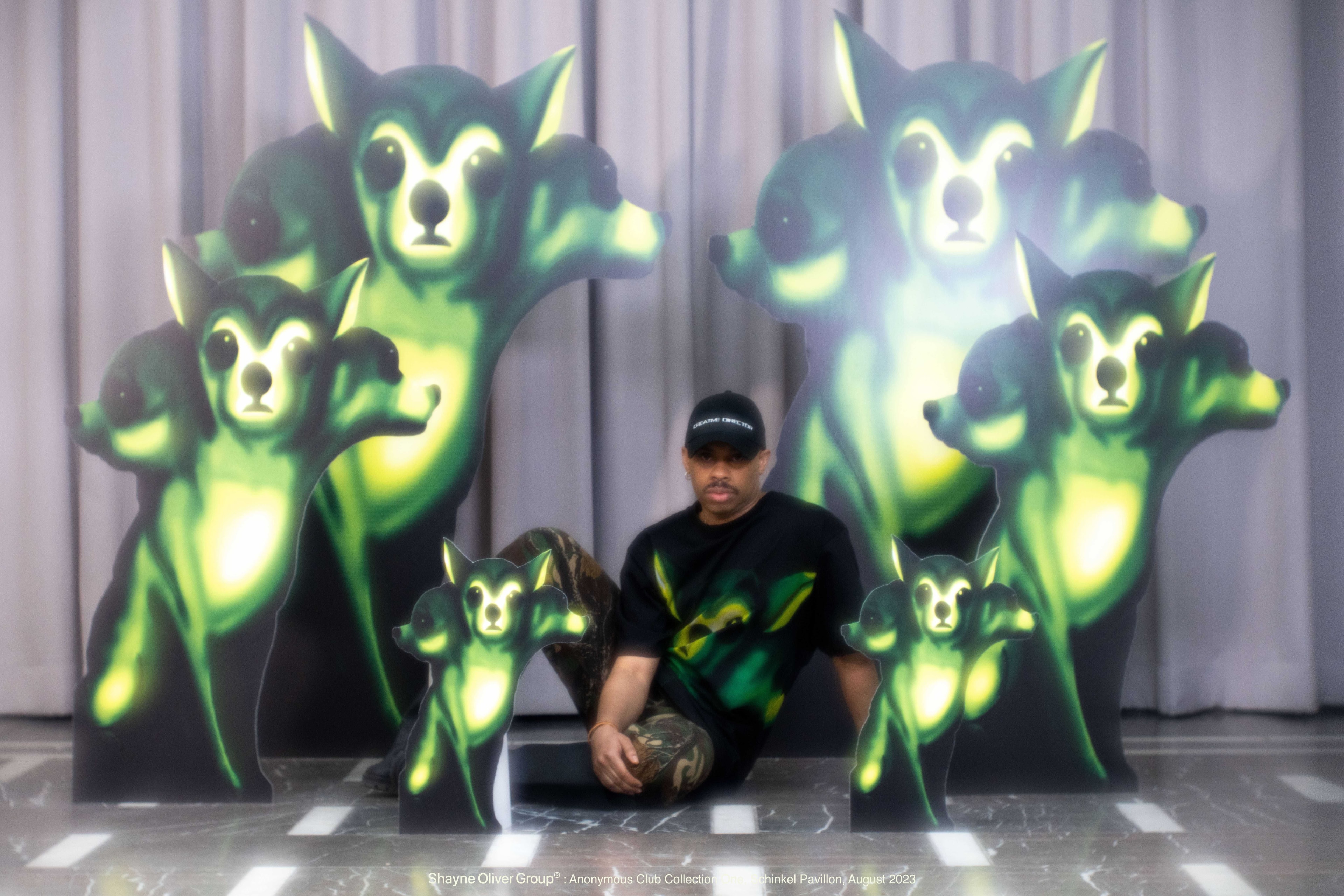
Brenda’s Business with SHAYNE OLIVER

Look of Genesis: Becoming HOOD BY AIR

Aries Aries Rising HOOD BY AIR

Public Transportation: HOOD BY AIR in Conversation with BARNEYS NEW YORK

STILE DUCATI: The Anatomy of a Speed Aesthetic

ERIC HOBSBAWM: “It Wasn’t Main Street.”
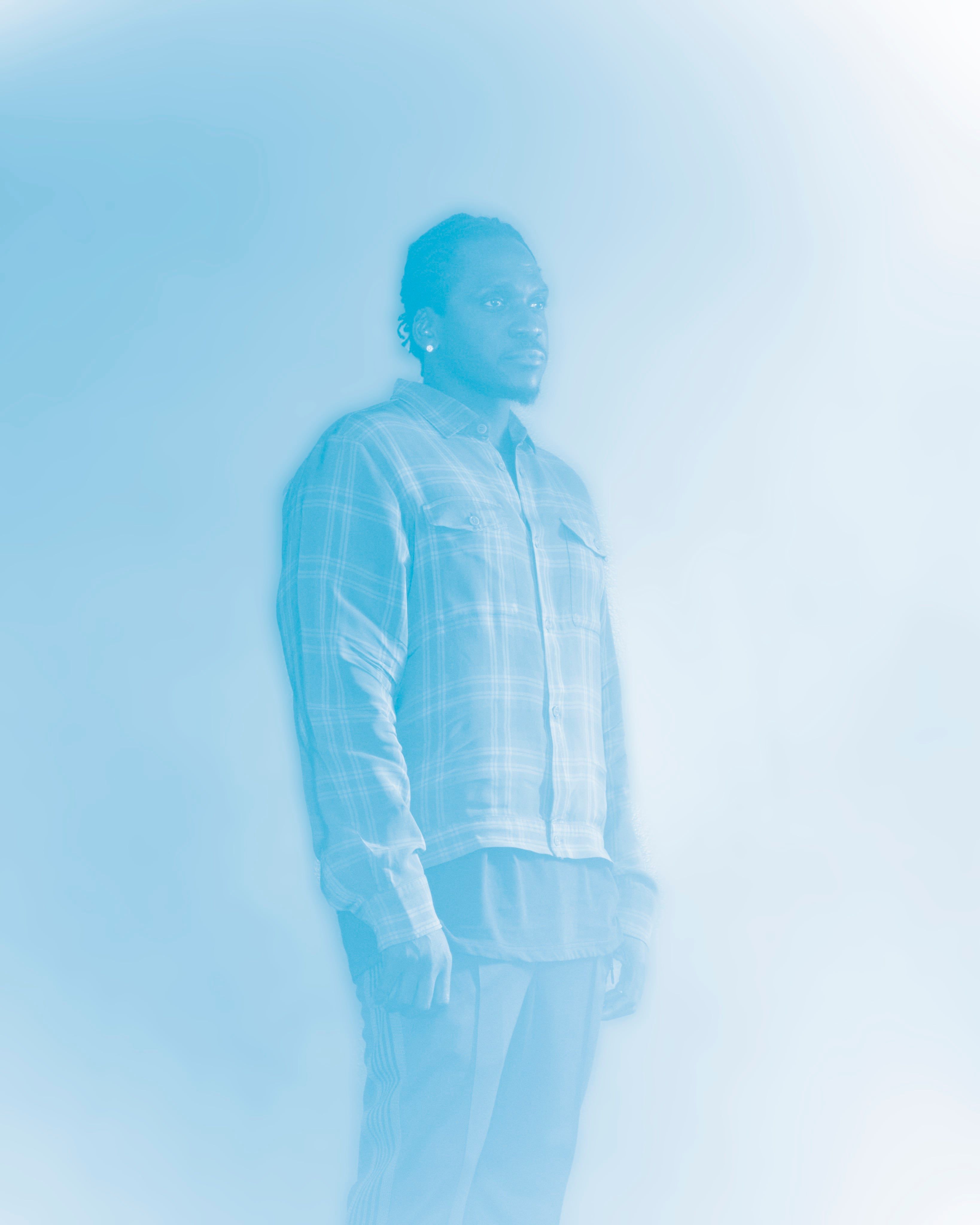
Pusha T From A to B: “We Argue, We Fight, We Disagree. We Make Great Music. We Love It.”
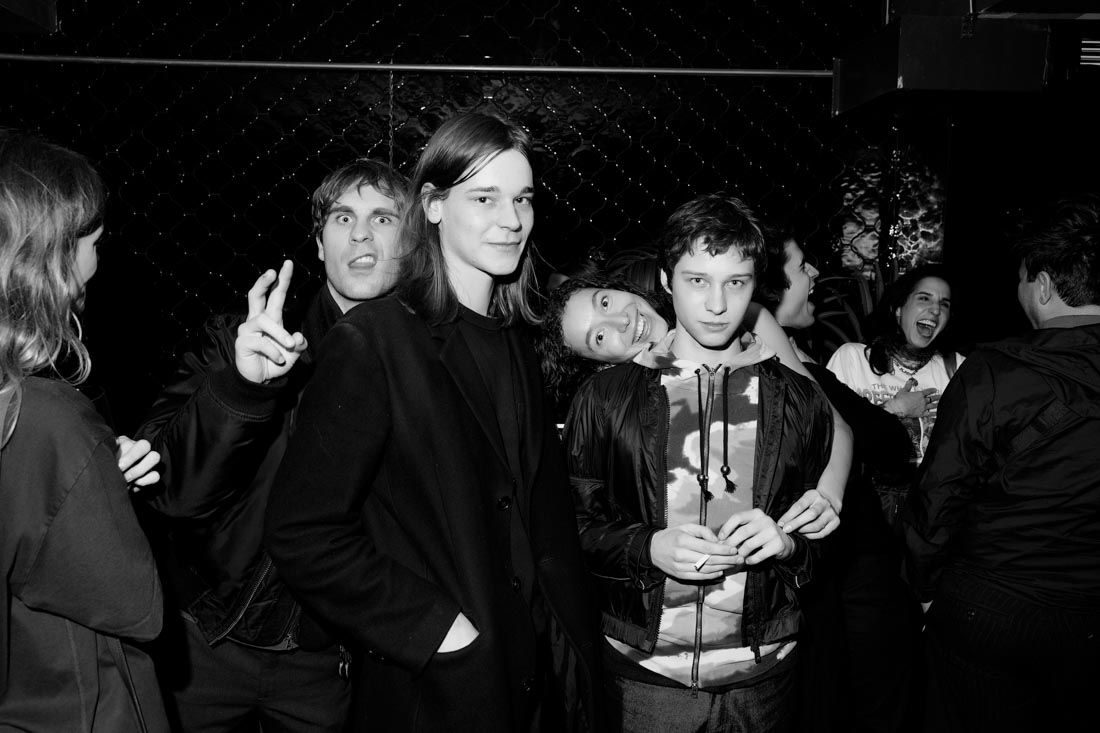
032c Party DEVILS ON HORSEBACK at Provocateur, Berlin